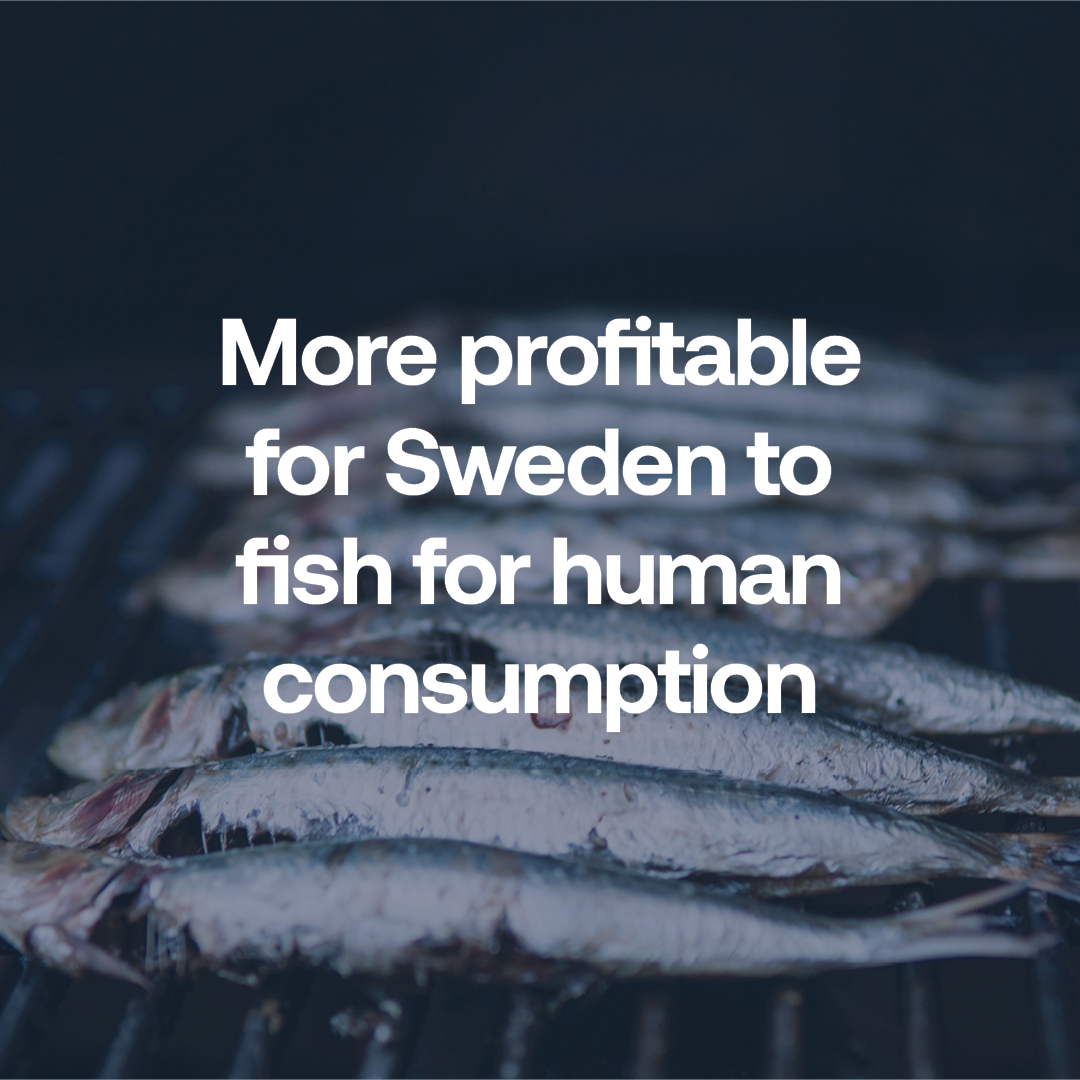Today, large-scale industrial fishing is harvesting huge amounts of herring from the Baltic Sea,
but only a fraction becomes food for humans. Of the 47,000 tonnes of herring and Baltic herring
landed in 2021, only 10 per cent went to human consumption, with the rest used for animal feed
for salmon, chickens and mink. Meanwhile, small-scale coastal fishermen considerably fewer
fish in their nets, and the salting plants have not had enough large herring to ferment. From a
strictly business administration perspective, the situation is profitable for the individual large-scale
industrial fisheries. But if we consider fishery from the national economy perspective, today’s
fishery management is not profitable for Sweden. Utilising fish resources in a different way would
benefit individual citizens as well as the national economy. Read the entire report here.

